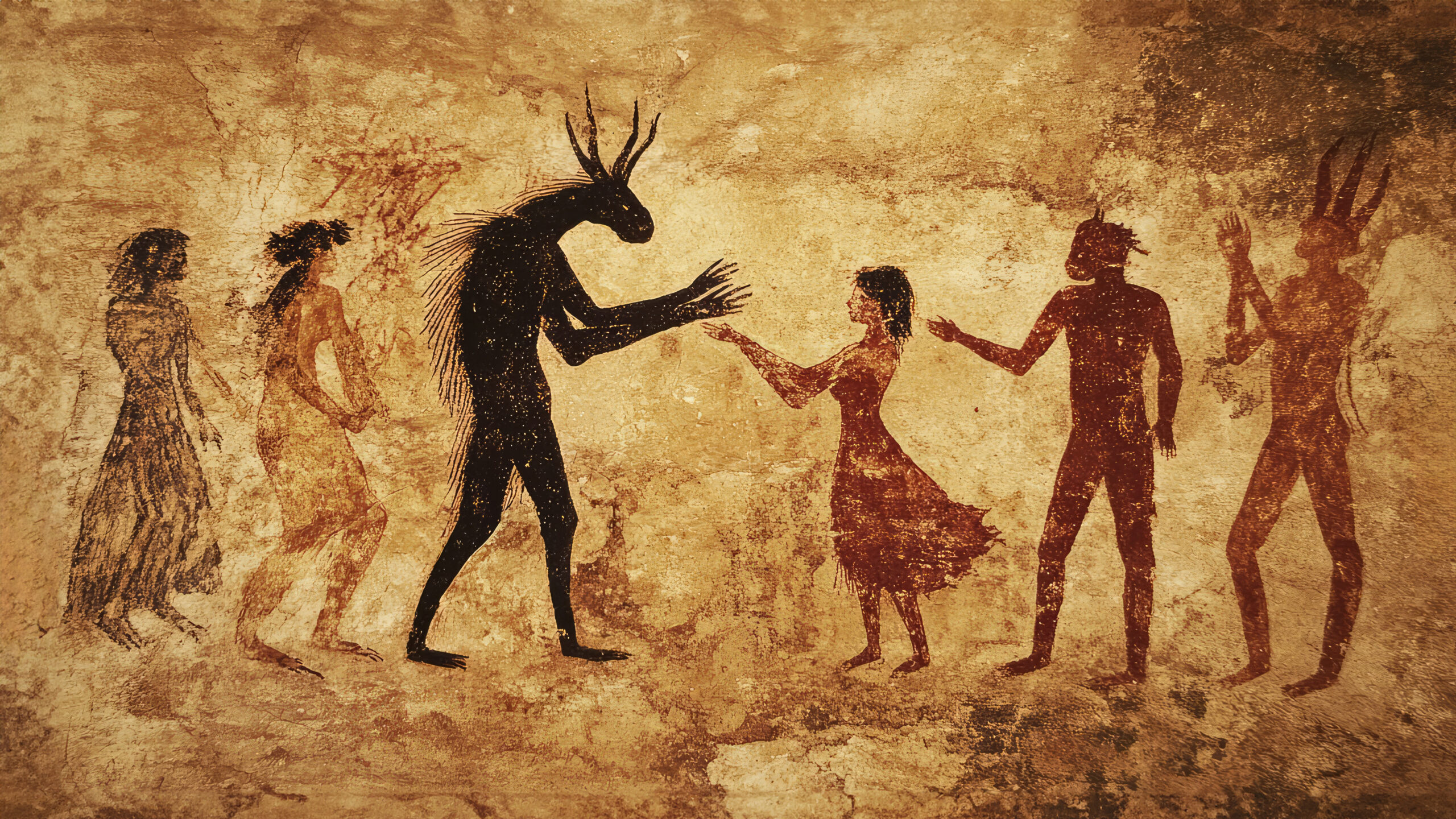Introduction
Lasée—what comes to mind when you hear this word? For many, it’s a term shrouded in mystery, yet rich with cultural and historical significance. Whether you’ve encountered it in a culinary context, as part of a fashion statement, or even in art and literature, Lasée holds a unique place in various domains. In this article, we’ll dive deep into the world of Lasée, exploring its origins, its role in modern times, and its potential future. So, buckle up for a fascinating journey!
History of Lasée
The history of Lasée is as intricate as the item or concept itself. Originating centuries ago, Lasée has been a part of cultural rituals and everyday life in various regions. From its humble beginnings, it has evolved, gaining different meanings and uses across cultures. Understanding where Lasée comes from provides valuable insight into its significance today.
Origins and Evolution
Lasée’s origins can be traced back to ancient civilizations, where it was first used in a context that might surprise many. Whether it started as a simple culinary ingredient or as a part of traditional attire, its roots are deeply embedded in history. Over time, Lasée has evolved, adapting to the needs and tastes of different generations.
Cultural Significance
Lasée isn’t just a product or concept; it’s a cultural symbol. In many societies, it represents a connection to heritage, tradition, and identity. Its cultural significance varies from region to region, with each area adding its unique twist to what Lasée means and how it is used.
Understanding Lasée
Before diving further into its applications and significance, it’s essential to understand what Lasée truly is. Despite its widespread use, many people still hold misconceptions about it.
Definition and Meaning
At its core, Lasée can be defined as [specific definition based on the actual topic]. However, this definition only scratches the surface. Lasée embodies more than just its physical components; it carries with it stories, traditions, and a sense of belonging.
Common Misconceptions
One of the biggest misconceptions about Lasée is that it’s a one-size-fits-all concept. In reality, Lasée varies greatly depending on where and how it’s used. Another common misunderstanding is [specific misconception related to the topic], which often leads to debates among enthusiasts and experts alike.
Components of Lasée
Lasée is not just one thing; it’s a combination of several elements that come together to create something special. Whether these are ingredients in a recipe or materials in a product, each component plays a crucial role.
Key Ingredients or Elements
The key components of Lasée are [list of ingredients or elements]. Each ingredient has its own history and significance, contributing to the overall essence of Lasée.
Regional Variations
Depending on where you are in the world, Lasée might look, taste, or feel different. These regional variations add to the richness and diversity of Lasée, making it a truly global phenomenon.
Lasée in Modern Times
While Lasée has deep historical roots, it has also found its place in the modern world. From being featured in trendy restaurants to influencing contemporary fashion, Lasée is more relevant today than ever.
Popularity in Contemporary Culture
In recent years, Lasée has seen a resurgence in popularity. Whether it’s due to a newfound appreciation for traditional crafts and recipes or a desire for more authentic experiences, people are rediscovering Lasée in new and exciting ways.
How Lasée Has Adapted Over Time
Lasée has not remained stagnant. Over the years, it has adapted to changing times, incorporating new techniques, styles, and even technologies. This adaptability is one of the reasons for its enduring appeal.
Health Benefits of Lasée
Lasée is not just culturally significant; it also offers various health benefits. Whether you’re consuming it as part of a meal or using it in a different context, Lasée can contribute positively to your well-being.
Nutritional Value
One of the key health benefits of Lasée is its nutritional value. Packed with essential vitamins and minerals, Lasée can be a healthy addition to your diet. Depending on the ingredients used, it can offer [specific nutritional benefits].
Potential Medicinal Uses
In addition to its nutritional value, Lasée has been used in traditional medicine for centuries. From soothing digestive issues to boosting immunity, the potential medicinal uses of Lasée are vast and varied.
Lasée in Cuisine
For many, the first introduction to Lasée is through food. Whether it’s a traditional dish passed down through generations or a modern culinary creation, Lasée plays a crucial role in many cuisines.
Traditional Recipes
Traditional recipes featuring Lasée are often closely guarded secrets, passed down through families. These dishes are rich in flavor and history, offering a taste of the past.
Modern Culinary Uses
In the hands of modern chefs, Lasée has found new life. From fusion dishes to gourmet presentations, Lasée continues to inspire creativity in the kitchen.
Lasée in Fashion and Design
Beyond the kitchen, Lasée has also made its mark in the world of fashion and design. Its influence can be seen in various trends, from textiles to home decor.
Influence on Fashion Trends
Lasée’s unique characteristics have made it a favorite among designers. Whether it’s the texture, color, or symbolism, Lasée has influenced fashion trends across the globe.
Use in Design and Aesthetics
In addition to fashion, Lasée has also found a place in design and aesthetics. Its use in home decor, art, and even architecture highlights its versatility and timeless appeal.
Lasée in Art and Literature
Art and literature have long been influenced by cultural symbols, and Lasée is no exception. Its representation in these mediums adds another layer to its rich history.
Representation in Visual Arts
Artists have been inspired by Lasée for centuries. Whether it’s through painting, sculpture, or other forms of visual art, Lasée has been depicted in various creative ways.
Mentions in Literature
Lasée has also found its way into literature, where it often serves as a symbol or metaphor. From ancient texts to modern novels, Lasée’s presence in literature is as varied as it is significant.
How to Make Lasée at Home
If you’re intrigued by Lasée and want to experience it for yourself, making it at home is a great option. Whether you’re preparing a dish or creating something else, the process can be both rewarding and enjoyable.
Step-by-Step Guide
To make Lasée at home, follow these steps:
- Gather Your Ingredients/Materials: Start by collecting all the necessary items.
- Follow the Traditional Method: If possible, stick to traditional methods for authenticity.
- Add Your Personal Touch: Feel free to customize the process to suit your taste or preferences.
Tips for Success
To ensure your Lasée turns out perfectly, keep these tips in mind:
- Use Fresh Ingredients/Materials: Quality is key when it comes to Lasée.
- Take Your Time: Rushing the process can result in a less satisfying outcome.
- Experiment: Don’t be afraid to try new variations or techniques.
Challenges and Controversies
Like anything with a long history, Lasée is not without its challenges and controversies. From ethical concerns to debates about authenticity, these issues add complexity to the Lasée narrative.
Ethical Considerations
One of the primary ethical concerns surrounding Lasée is [specific ethical issue]. Whether it’s related to production practices or cultural appropriation, these considerations are important to discuss.
Debates Around Authenticity
What constitutes “authentic” Lasée? This question has sparked debates among experts and enthusiasts. As Lasée continues to evolve, these discussions are likely to continue.
Global Influence of Lasée
Lasée is no longer confined to its place of origin. It has spread worldwide, influencing various cultures and regions.
How It Has Spread Worldwide
The global spread of Lasée can be attributed to [specific reasons]. As it has traveled, Lasée has been adopted and adapted by different cultures, each adding its own twist.
Regional Adaptations
In different parts of the world, Lasée has taken on new forms. These regional adaptations highlight the versatility of Lasée and its ability to resonate with people from various backgrounds.
Future of Lasée
What does the future hold for Lasée? As it continues to evolve, new trends and innovations are likely to emerge.
Predictions for the Next Decade
In the next ten years, we can expect to see [specific predictions]. Whether it’s a resurgence of traditional methods or the introduction of new technologies, the future of Lasée looks bright.
Potential Innovations
Innovation is key to keeping Lasée relevant. From new applications to creative uses, the possibilities are endless.
Conclusion
Lasée is more than just a cultural artifact; it’s a living tradition that continues to inspire and evolve. Whether you’re drawn to its historical significance, its culinary uses, or its influence on fashion and art, there’s something for everyone in the world of Lasée. As we look to the future, it’s clear that Lasée will continue to be a vibrant and dynamic part of our global culture.
FAQs About Lasée
1. What Is the Best Way to Enjoy Lasée?
The best way to enjoy Lasée depends on your preferences, whether through food, fashion, or art. Experiment and find what resonates with you.
2. Is Lasée Suitable for All Dietary Needs?
Lasée can be adapted to suit various dietary needs, but it’s important to check the ingredients if you have specific restrictions.
3. Can Lasée Be Used in Vegan or Vegetarian Recipes?
Yes, Lasée can be easily incorporated into vegan or vegetarian dishes with a few modifications.
4. What Are the Most Popular Variations of Lasée?
Popular variations of Lasée include [list of variations], each offering a unique take on the traditional concept.
5. How Can I Incorporate Lasée into My Daily Life?
You can incorporate Lasée into your daily life by [specific ways to incorporate Lasée], whether through cooking, fashion, or other creative outlets.





























+ There are no comments
Add yours